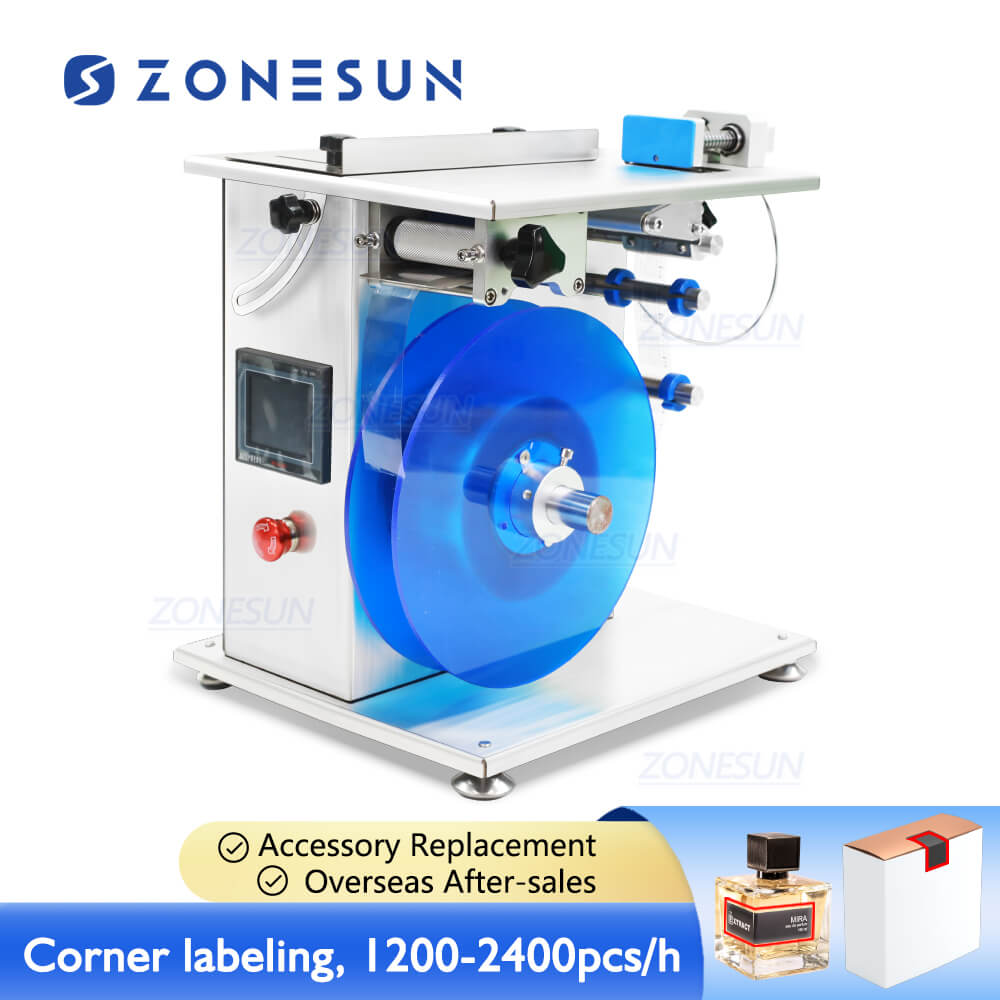Which Methods Are Generally Used In Liquid Filling?
Liquid filling methods vary based on viscosity, foaming, corrosiveness, and container type. The following section will introduce the filling methods of several common filling machines from the perspective of filling process.
1. Gravity Filling
This filling method utilizes the liquid's own gravity to allow it to flow from the storage tank (filling cylinder) to the bottle. Filling stops when the liquid level in the bottle reaches a preset height.
This method is only suitable for liquids with good flowability and low viscosity; viscous liquids are not suitable for this type of filling machine.
This type of filling machine has a simple structure and low cost, and is suitable for filling aqueous liquids; however, it is not suitable for pastes or liquids containing gas or prone to bubbling.

2. Overflow Filling
This filling method basically keeps every bottle looking the same by matching the liquid level. Anything extra just gets drawn back through the return tube, so you don’t end up with spills or messy bottles.
It’s especially handy for thin, free-flowing liquids where appearance matters. Think of supermarket drinks, alcoholic beverages, or any transparent bottles that need to look clean and uniform when they’re lined up on a shelf.
Since it controls the level rather than the exact volume, it really shines when the container is see-through — the whole row looks neat and consistent. Just keep in mind it’s not a good fit for thicker, paste-like products or anything carbonated, because those would either clog the system or foam up like crazy.

3. Piston Filling
Piston filling machines achieve metering and filling through the reciprocating motion of a piston within a cylinder.
This type of machine is best suited for medium to high viscosity liquids such as honey and jam (and even allows viscous liquids containing small particles).
This filling method uses piston propulsion to generate positive and negative pressure to drive the liquid filling process. It is also suitable for high-viscosity liquids, and the metering is accurate and stable.

4. Peristaltic Pump Filling
Peristaltic pump filling is a quantitative filling technology that uses tubing extrusion as its core.
This filling method is very common because the pump body does not directly contact the material, making it suitable for low-viscosity liquids with high cleanliness requirements and corrosiveness (requiring special corrosion-resistant hoses).
This filling method is highly accurate and suitable for small-volume filling of liquids in high-cleanliness laboratories. If the filling material needs to be changed, only the tubing needs to be replaced.

5. Gear Pump Filling
A gear pump uses two meshing gears that rotate continuously to form a cavity, which entrains, transports, and pressurizes the liquid.
This filling method is suitable for medium to low viscosity liquids. It uses pulse, time, or servo control for precise metering, resulting in stable flow rate and high velocity. It is commonly used for filling oils.
This filling method offers stable flow rate and controllable precision, making it suitable for stable filling on a production line. However, it is not suitable for filling liquids containing air bubbles or those prone to foaming. (The small clearance in the gears also makes it unsuitable for filling liquids containing particulate matter.)

6. Vacuum Filling
Vacuum filling is a filling method in which the filling head contacts the bottle mouth to form a sealed environment, and then a vacuum is drawn in to draw in liquid using the negative pressure inside the bottle. Once the liquid level is reached, suction stops, and excess liquid is drawn back into the return tank.
This negative-pressure filling method only works with glass bottles — it’s not suitable for plastic ones. It’s mainly used for non-carbonated, low-viscosity liquids like alcohol and cosmetics. The constant liquid-level system also helps keep the product looking uniform. Since negative pressure would make carbonated drinks foam up like crazy, it’s definitely not the right choice for them.
This filling method is gentle and does not produce a lot of bubbles, making it suitable for small amounts of foamy liquids. It also has a fixed liquid level feature, which can ensure the consistency of product appearance.

7. Pressure / Counter-Pressure Filling
There's always a need for a suitable method for filling gaseous liquids, and this is it. First, CO₂ is injected into the bottle to make the pressure inside the bottle the same as that in the can, and then the liquid is filled.
This filling method ensures that the CO₂ in the liquid is not lost, thus preserving the taste. It is suitable for glass bottles and aluminum tubes (as long as they can withstand pressure).
This bottling method not only prevents CO₂ from escaping, ensuring good taste, but also controls foam and increases bottling speed. It also reduces total oxygen content (TPO), a key factor in extending the beer's shelf life!

8. Weight Filling
Weight filling is a method of controlling the filling volume by monitoring the weight of the container in real time through a weighing system.
This highly accurate quantitative filling method is ideal for filling high-value liquids & Large barrels of liquids (oils, chemical liquids). It is unaffected by bottle volume errors and calculates tare filling amounts precisely.
As the most precise machine, it also represents a high cost. Liquids of different volumes may have different weights (such as water and oil), but weighing and filling can handle variations in viscosity and density, filling according to the heaviest set weight.

Conclusion
Different types of liquid filling methods are built to match the unique characteristics of each product. No matter whether you're working in food, cosmetics, chemicals, or pharmaceuticals, choosing the right filling system helps improve accuracy, boost efficiency, and keep your products consistent — all of which makes your brand look more professional.
If your materials or packaging have special requirements, just let us know. We’re happy to help you find the solution that fits your product best.






Tinggalkan komentar